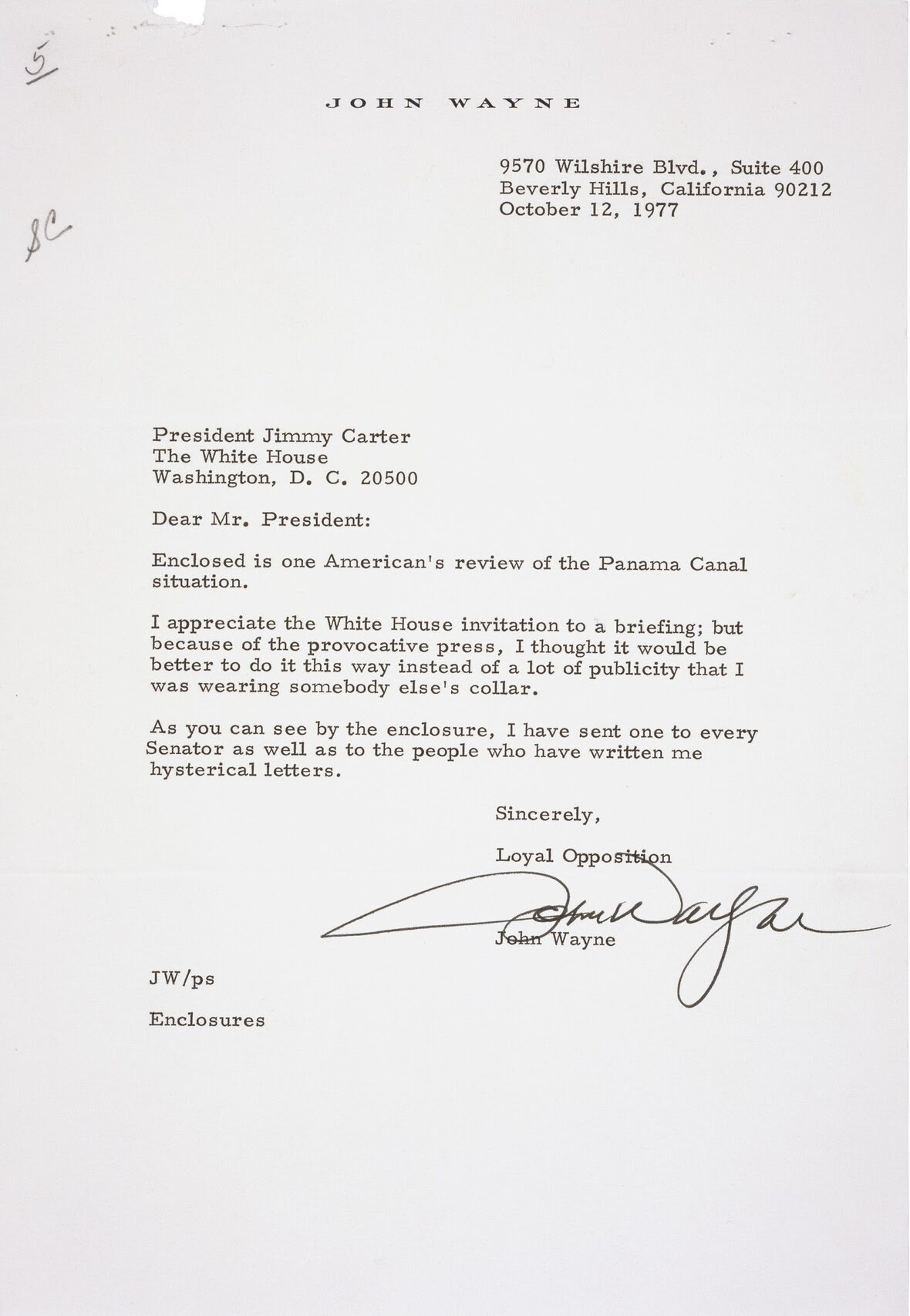
27 Jan Genealogy Newsletter- January 27, 2023
Contents
 THE SUTTON-TAYLOR FEUD AND YOUR GENEALOGY
THE SUTTON-TAYLOR FEUD AND YOUR GENEALOGY
The Sutton–Taylor feud arose from a growing animosity between the Texas Taylor family—headed by Pitkin Taylor, the brother of Creed Taylor (a Texas Ranger)—and local lawman William E. Sutton, who moved to DeWitt along with his mother when she married a man named William McDonald. Before the feud began, Sutton had been elected deputy sheriff in Clinton, Texas. The feud lasted almost a decade and has been called “…the “longest and bloodiest in Texas history…”
On April 23, 1866, William P. “Buck” Taylor, at a dance, shot a black reconstruction soldier, Sgt. John O’Brien. That same month, John Hays Taylor had killed a black soldier, Sgt. Josiah Ripley, in an Indianola saloon.
On November 14, 1867, Maj. John A. Thompson and Sgt. John A. McDougall of the US 4th Cavalry Regiment was killed in Mason County, Texas, by Hays Taylor, P.G. Taylor, and a man named Spencer.
Deputy Sutton shot and killed a Taylor relative, Charley Taylor—whom he was trying to arrest for horse theft—on March 25, 1868. Nine months later, on Christmas Eve, Deputy Sutton killed Buck Taylor and an associate, Richard Chisholm, in a Clinton saloon following an argument regarding the legality of the sale of some horses. These killings ignited the feud.
On June 5, 1869, Capt. Jack Helm assisted Capt. C.S. Bell trying to arrest members of the Taylor family. Helm, as a deputy sheriff, assisted in the capture of Jim Bell. Goliad County Sheriff Andrew Jackson Jacobs, however, was killed in the process by the Peaces brothers, who were Taylor allies. Later that summer, on August 23, 1869, the Sutton faction ambushed John Hays Taylor and P.G. Taylor, killing Hays, although not before he wounded five of the Suttons. P.G. Taylor was wounded but escaped and also survived another ambush by the Suttons the following month.
The following year, in July 1870, Sutton was appointed to the Texas State Police Force, serving under Captain Helm. The police force was tasked with enforcing the Reconstruction policies of the federal government. This force was known to have operated with a bit of a free hand, more often than not returning with “wanted” suspects dead.
Gunfighter, John Wesley Hardin (above), joined the Sutton–Taylor feud at the behest of his cousin, Emanuel “Mannen” Clements.
On August 26, 1870, the Suttons were allegedly sent to arrest brothers Henry and William Kelly on what some reported to be a trivial charge. The brothers were related by marriage to Creed Taylor’s brother, Pitkin. During the attempted arrests, the Kellys were killed. Following his task handling, Helm was dismissed from the State Police Force, although he was legally cleared of any wrongdoing.
In the summer of 1872, a group of Sutton supporters gunned down Pitkin Taylor outside his home. His son, James Creed “Jim” Taylor, took his place as head of the family and vowed to take revenge on Sutton. Jim Taylor twice tried to kill Sutton, but he escaped both times.
In early 1872, on-the-run outlaw John Wesley Hardin joined his cousin, Mannen Clements, in neighboring Gonzales County, Texas. Clements and his brothers were active in the cattle herding (or, by most accounts, cattle rustling) business, working in close alliance with the Taylor family.
On May 15, 1873, Sutton family allies—Capt. The Taylor faction at Tumlinson Creek gunned down James W. Cox and Jake Christman. There were reports that Hardin had led the fight in which the two men were killed, but he never confirmed or denied his involvement.
Hardin’s main notoriety in the Sutton-Taylor feud occurred two days later, in a July 18, 1873, gunfight in Cuero, Texas. Hardin killed DeWitt County Deputy Sheriff J.B. Morgan. Hardin played a part in the death later that same day of Morgan’s superior, DeWitt County’s Sheriff Helm, in Albuquerque, Texas. Reportedly, Hardin, Helm, and Sam McCracken Jr. were talking in front of a blacksmith shop. An amateur inventor, Helm worked on a project in the blacksmith’s shop. He was, therefore, unarmed (having left his revolvers in his room at a boarding house). During the heated discussion, Jim Taylor snuck up on Helm from behind and attempted to shoot him, but his revolver misfired. As a startled Helm turned, Taylor managed to get off a shot, striking Helm in the chest. Helm rushed Taylor with the intent to grapple with him, but Hardin shattered Helm’s arm with a shotgun blast. Helm then attempted to flee into the blacksmith shop. While Hardin held the townspeople at gunpoint, Taylor chased Helm down and unloaded the remaining five bullets into him. Afterward, as Hardin and Taylor mounted their horses and prepared to ride away, witnesses claimed they boasted that they “…had accomplished what they had come to do.” The next night, Hardin and other Taylor supporters surrounded the ranch house of a Sutton family supporter, Joe Tumlinson. Eventually, a shouted truce was arranged. Both sides signed a negotiated peace treaty soon after in nearby Clinton. The peace, however, lasted less than a year.
On December 30, 1873, a Taylor supporter, Wiley W. Pridgen, was shot and killed at Thomastown station.
The Sutton–Taylor feud reached its apex when Jim Taylor and his cousin William Riley “Billy” Taylor, along with several others, ambushed and gunned down William E. Sutton and a companion, Gabriel Slaughter, while they waited on a steamboat platform in Indianola, Texas, on March 11, 1874. William Sutton had grown tired of the feud and planned to leave the area for good. John Wesley Hardin admitted in his biography that he and his brother, Joseph, had also been involved—along with both the Taylors—in Sutton’s and Slaughter’s murders.
In retaliation, the Sutton faction caught and lynched three of the Taylor group on June 22, 1874, in Clinton, Texas. Those lynched were Rufus P. “Scrap” Taylor, John Alfred “Kute” Tuggle, and James White.
On June 1, 1874, two of Hardin’s relatives, his cousin Alexander “Ham” Anderson and Anderson’s brother-in-law, Alexander Henry Barekman, were gunned down by a Texas Ranger Company ostensibly in retaliation for their involvement with the killing of Sutton, but more likely because of Hardin’s recent killing of ex-Texas Ranger and deputy sheriff, Charles Webb, on May 26, 1874. Another member of the Taylor group was George Culver Tennille, who was killed in Gonzales County, Texas, on July 8, 1874.
The fighting continued, although with much less frequency, after these killings. Jim Taylor, Mr. Hendricks, and another man were killed by the Suttons near Clinton, Texas, on January 1, 1875. On November 18, 1875, the leader of the Suttons, ex-Cuero Texas Town Marshal Reuben Brown, was shot and killed by five men in Cuero along with a black man named Tom Freeman. Another black man had also been wounded. In his autobiography, Hardin made only two references to Brown: that “Rube” Brown had arrested Billy Taylor before sending him to Galveston, Texas, for trial and that Brown had been among the leaders of a Sutton “posse” that had been out to “get” him in Gonzales County. It is not known if Hardin was directly or indirectly involved in the killing of Reuben Brown, as he made no further mention of the incident in his life story. Billy Taylor was tried twice and acquitted. Reportedly, he was killed in Oklahoma in about 1895.
On September 16, 1876, Dr Phillip H. Brassell and his son, George, were killed by the Suttons. Following the resultant outbreak of violence in October 1876, Texas Ranger Captain Jesse Lee Hall led a force into Cuero, Texas, to break up the feud for good. By January 1877, he and his supporting troops had ended the conflict once and for all. Genealogy.
here’s a link to an earlier mention of John Wesley Hardin
https://gem.godaddy.com/p/4f0bf61

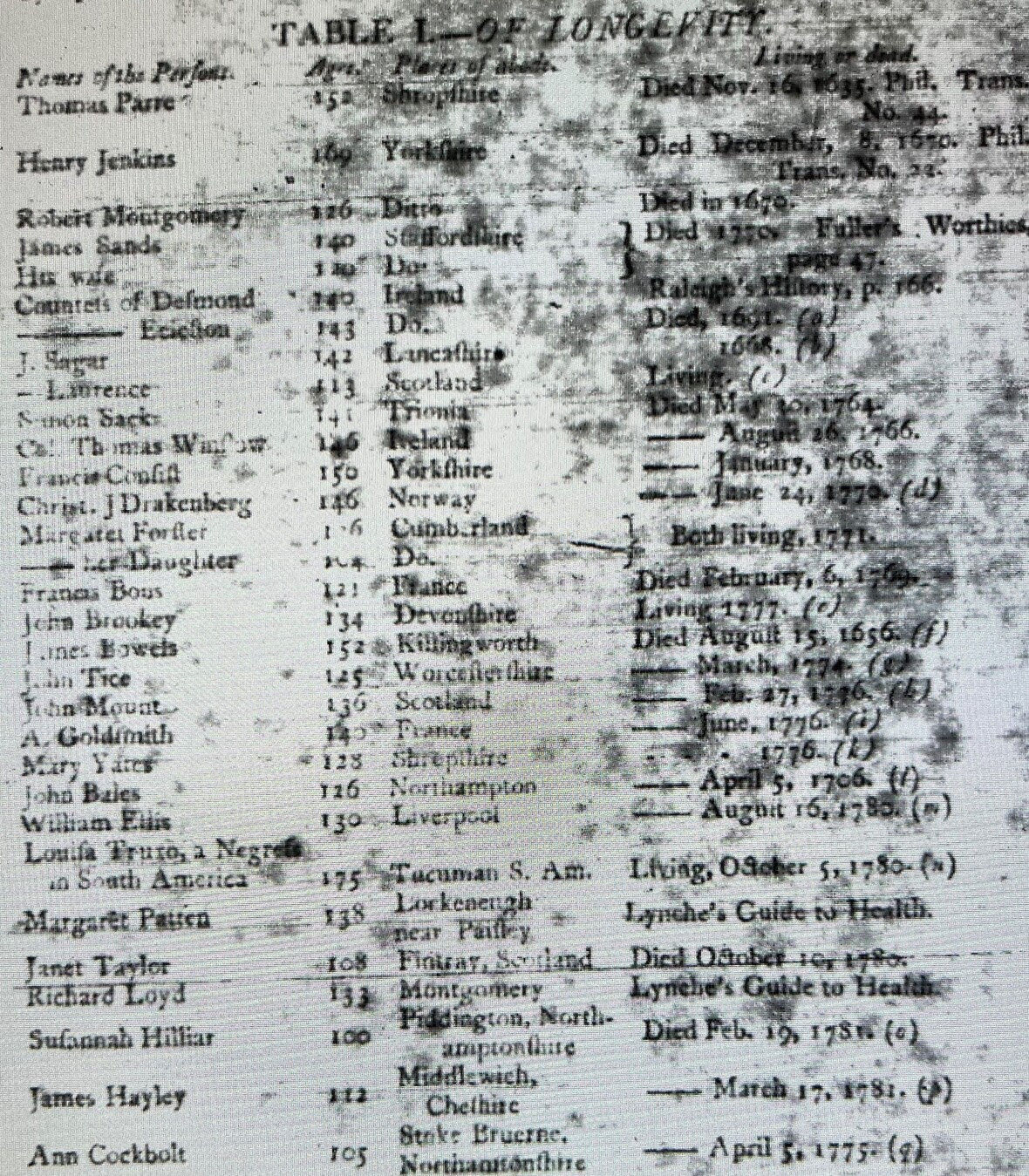
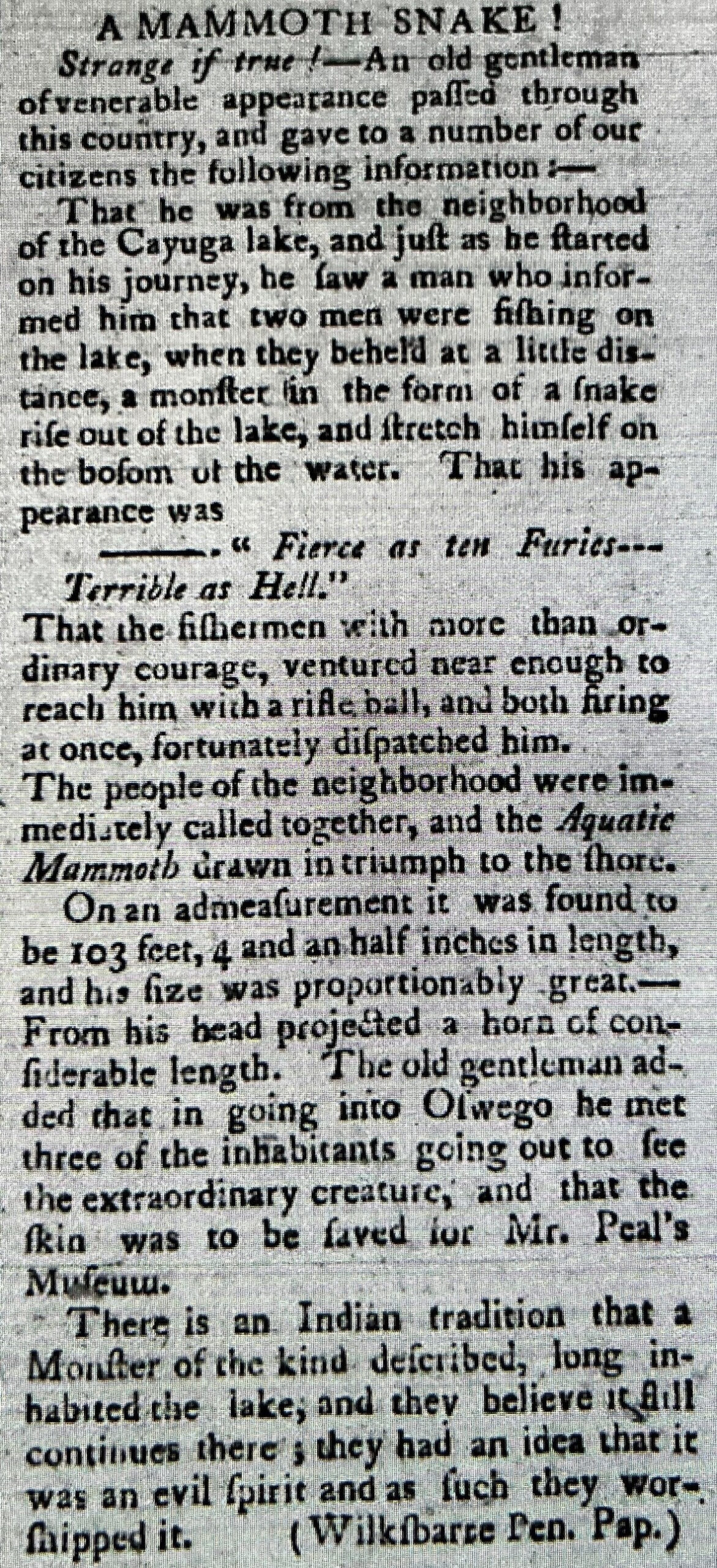
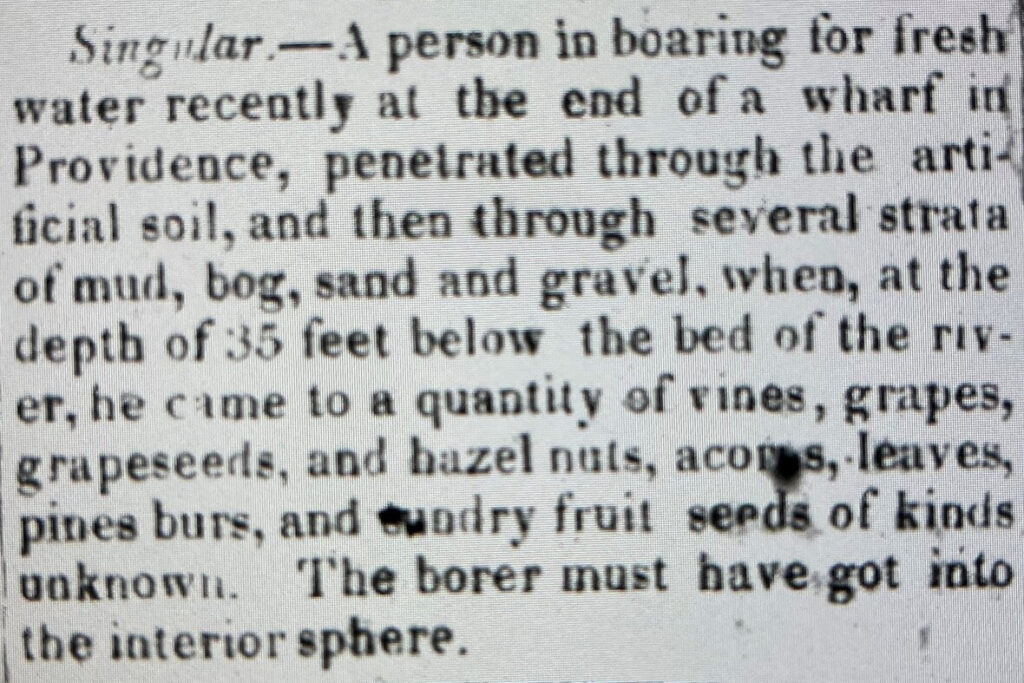
ARTICLES FROM AN EARLY 1800’S NATCHEZ, MS NEWSPAPER SHOWING PEOPLE LIVING AS OLD AS 175, LARGE CREATURES AND GARDENS DEEP DOWN. IS THIS YOUR GENEALOGY?
 A FOUNDING FATHER WHO WAS LEFT BROKE BY THE REVOLUTION AND HIS GENEALOGY
A FOUNDING FATHER WHO WAS LEFT BROKE BY THE REVOLUTION AND HIS GENEALOGY
Carter Braxton (1736 – 1797) was a Founding Father of the United States, signer of the Declaration of Independence, merchant, and Virginia planter. A grandson of Robert “King” Carter, one of the wealthiest and most powerful landowners and slaveholders in the Old Dominion, Braxton was active in Virginia’s legislature for more than 25 years, generally allied with Landon Carter, Benjamin Harrison V, Edmund Pendleton, and other conservative planters.
Braxton invested a great deal of his wealth in the American Revolution. Like Robert Morris, Braxton loaned money to the cause and funded shipping and privateering (and lost about half of the 14 ships in which he held interests). Braxton (with fellow businessmen including Morris and Benjamin Harrison) sold Virginia and Carolina tobacco and corned meat abroad and secured arms and ammunition (unsuccessfully, most colonies preferring arms supplied by foreign governments on favorable terms), wheat and salt, and cloth and other trade goods. In 1780, the Continental Congress censured Braxton for his role in the Phoenix affair of 1777, in which his privateer seized a neutral Portuguese vessel from Brazil, prompting diplomatic protests. The British also destroyed some of Braxton’s plantations during the war.
In addition to the indebtedness incurred after his father and brother’s deaths and through his relatively poor agricultural business practices, Braxton accumulated war debts from the Continental Congress and Robert Morris, both of which proved slow to repay. In 1786, Braxton sold a plantation and rented a smaller residence (“row-house”) in Richmond, which (with the depreciated paper currency) allowed him to repay his indebtedness to the Robinson estate in 1787.
In 1787, Braxton sued Robert Morris in Henrico County court for £28,257, but the lawsuit continued for eight years before commissioners were appointed, then Morris appealed. Finally, Virginia’s Court of Appeals led by Edmund Pendleton mainly decided in favor of Braxton before Morris was forced into bankruptcy by his own continued land speculations (although Morris, as late as 1800, believed he should have won £20,000). In 1791, Braxton also purchased Strawberry Hill outside Richmond for his wife (who had received nothing upon her father’s death, all his property being given to his sons) and conveyed it to his sons Carter Jr. and Corbin to hold for their mother’s benefit. Braxton’s biographer does not believe that Braxton hid assets from his creditors by placing them in relatives’ names. However, his widow later attempted to recover dower rights in land and slaves that her husband sold in his last years. His sons-in-law, Robert Page and John White (husbands of Molly and Judith, his daughters by his first wife) paid creditors more than £2,000 on Braxton’s behalf. Genealogy.
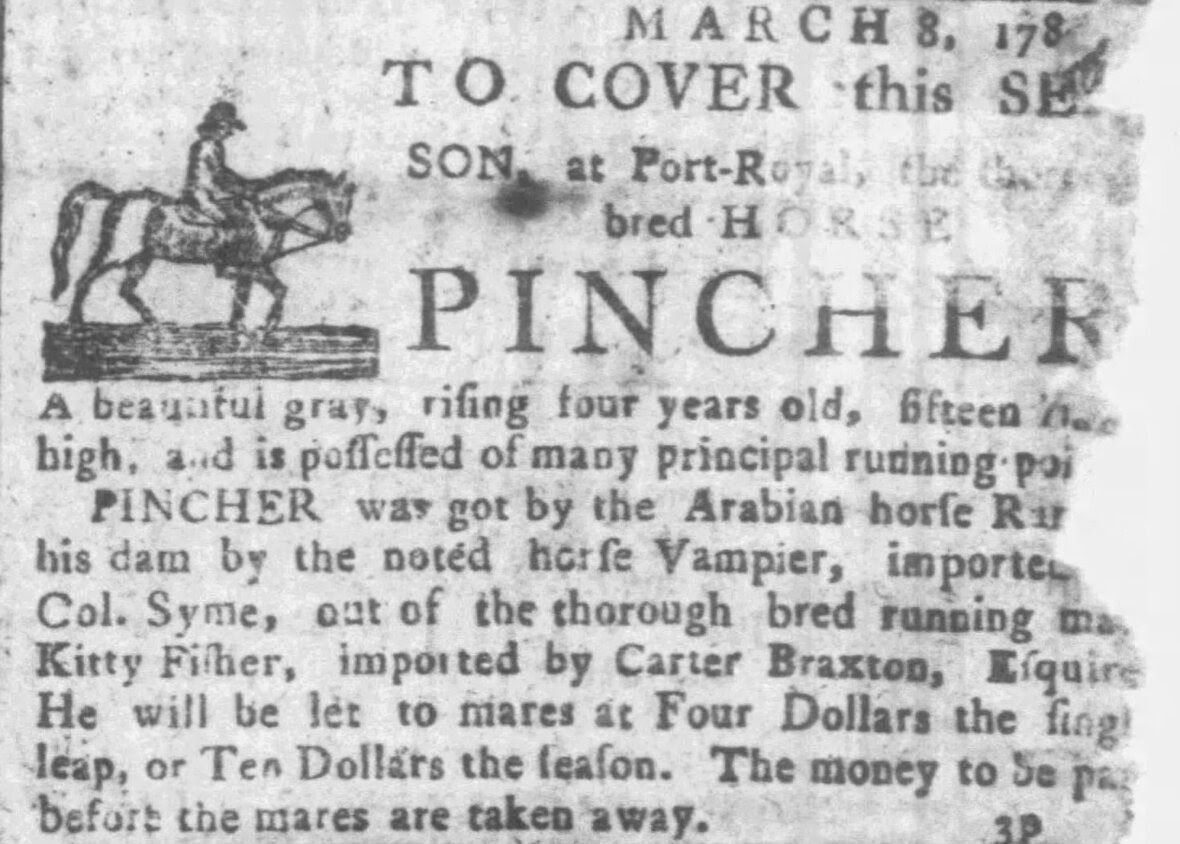
 THE GOOD OLD DAYS OF DENTISTRY AND GENEALOGY
THE GOOD OLD DAYS OF DENTISTRY AND GENEALOGY
Transplanting teeth between individuals has been carried out for hundreds and perhaps thousands of years, but it was only in the 18th century that the practice became established. Famously, John Hunter conducted experiments in transplantation and reported an incidence of a successful tooth allotransplant in a London gentleman in 1772. By this time, tooth transplants were relatively common in the city.
A watercolor by Thomas Rowlandson in 1787 shows ‘A fashionable dentist engaged in tooth transplantation’. The detail shown in this scene suggests that it was produced from first-hand accounts of the practice.
A notice below showing a travelling lady dentist practicing in 1774. Genealogy.
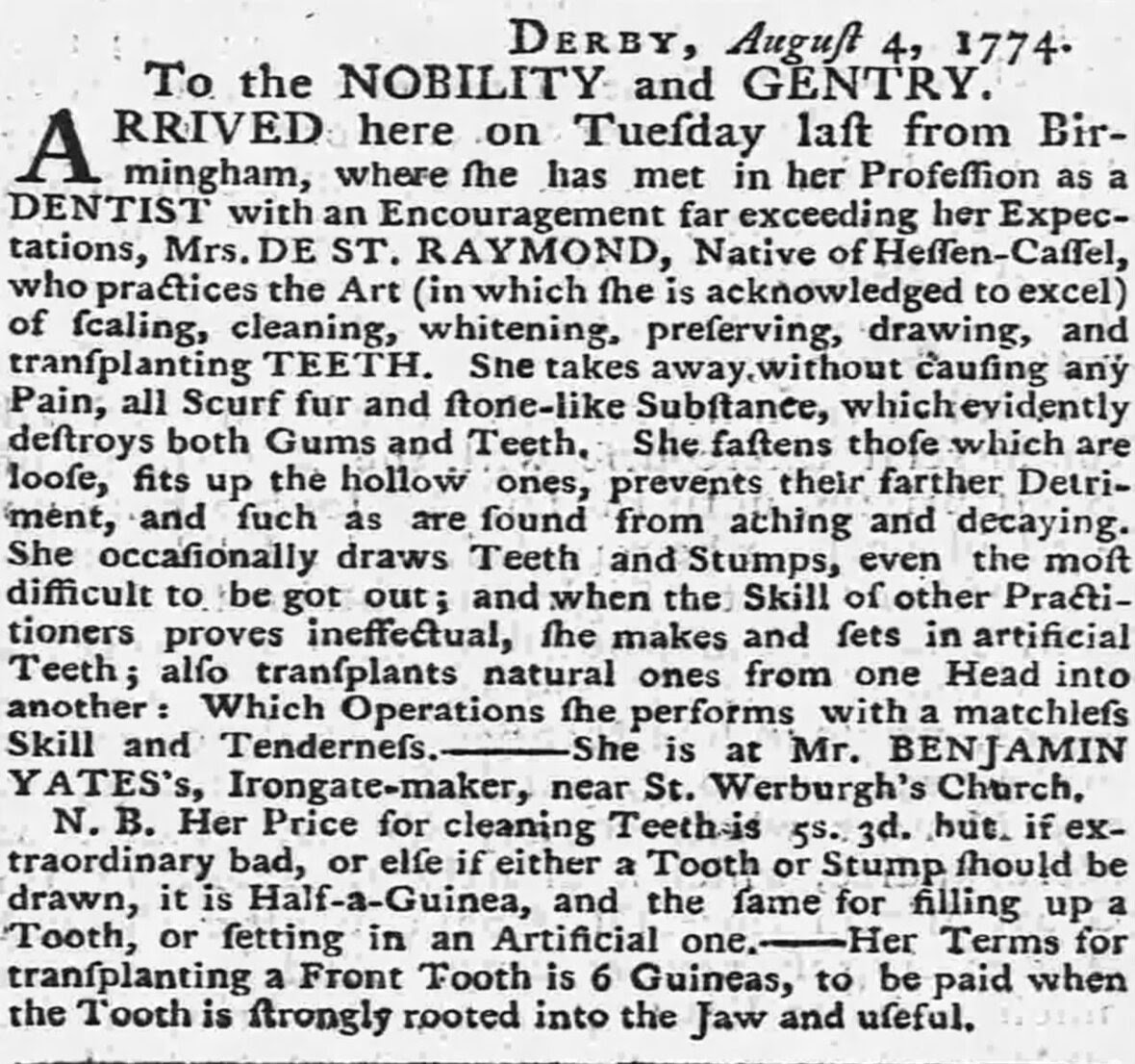

HE LOOKS SO SLIM NOW! IS THIS EVEN GENEALOGY?
The picture above is of a hand-colored print by the same artist Thomas Rowlandson of a struggle to fit a pair of tight elastic breeches onto a stout man. The two assistants suspended the customer in the air, standing on a chair and a stool to ease their efforts. A shopkeeper looks on in amusement. Genealogy.
 WHAT ABOUT THE GENEALOGY OF YOUR ANCESTORS?
WHAT ABOUT THE GENEALOGY OF YOUR ANCESTORS?
Reach out to Dancestors Genealogy genealogists to research, discover, and preserve your family history. No one is getting any younger, and stories disappear from memory every year and eventually from our potential ability to find them.
Preserve your legacy, and the heritage of your ancestors.
Paper gets thrown in the trash; books survive!
So please do not hesitate and call me @ 214-914-3598 and get your project started!


 THE SUTTON-TAYLOR FEUD AND YOUR GENEALOGY
THE SUTTON-TAYLOR FEUD AND YOUR GENEALOGY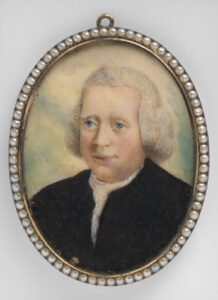 A FOUNDING FATHER WHO WAS LEFT BROKE BY THE REVOLUTION AND HIS GENEALOGY
A FOUNDING FATHER WHO WAS LEFT BROKE BY THE REVOLUTION AND HIS GENEALOGY THE GOOD OLD DAYS OF DENTISTRY AND GENEALOGY
THE GOOD OLD DAYS OF DENTISTRY AND GENEALOGY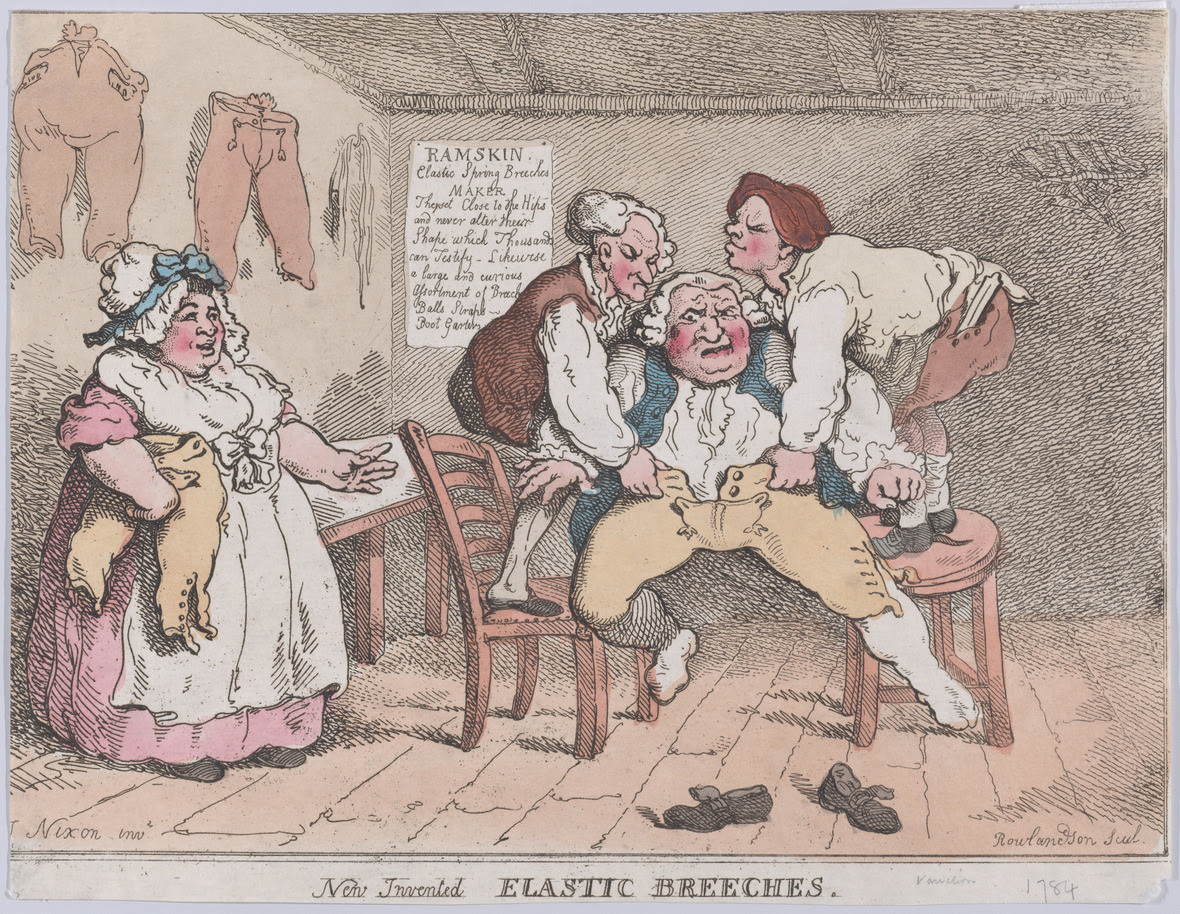
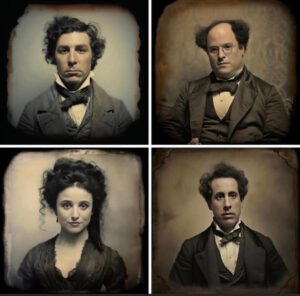 WHAT ABOUT THE GENEALOGY OF YOUR ANCESTORS?
WHAT ABOUT THE GENEALOGY OF YOUR ANCESTORS?